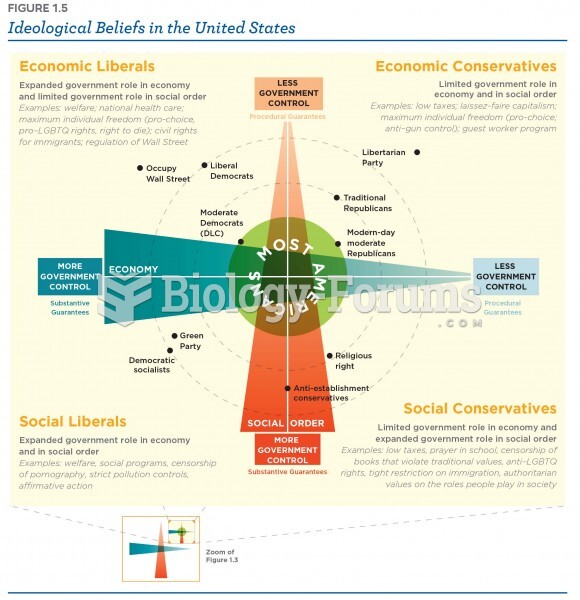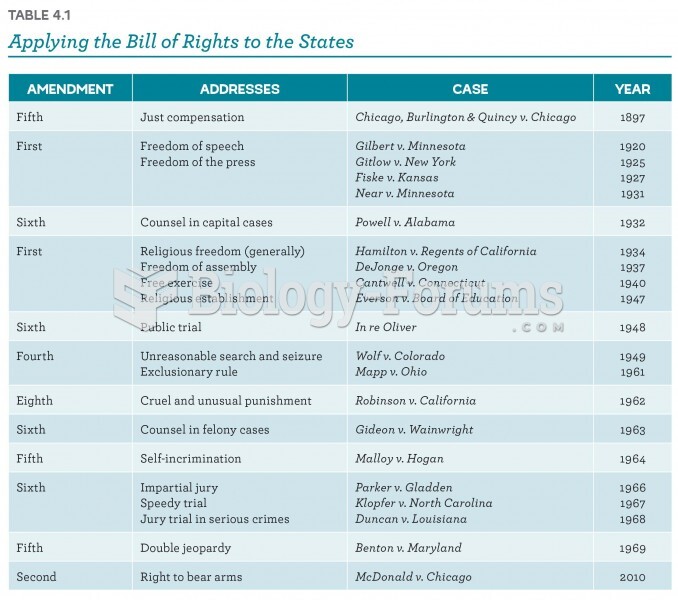Question 1
During World War II, American women who worked outside the home
A. None of these answers is correct.
B. both tended to be older than women who worked in the past, and were not allowed to have children under the age of three in their care.
C. were barred from unions.
D. were not allowed to have children under the age of three in their care.
E. tended to be older than women who had worked in the past.
Question 2
During World War II, the United States military services
A. banned the practice of painting bathing beauties on the nosecones of fighter planes.
B. tolerated homosexuality.
C. quietly tolerated illicit heterosexual relationships.
D. encouraged USO women to form relationships with servicemen.
E. saw the major purpose of the USO as bringing new recruits into the armed forces.
Question 3
During World War II, Native Americans
A. were pushed out of white society and back onto the reservations.
B. saw war work spread to almost every Indian reservation in the United States.
C. were excluded from military service.
D. saw government war contracts bring a higher standard of living to many reservations.
E. saw the war undermine efforts to revitalize tribal traditions.
Question 4
All of the following statements regarding the internment of Japanese Americans in the United States during World War II are true EXCEPT that
A. President Roosevelt was pressured by both military and political leaders to authorize the internment.
B. Japanese American children were put through a rigorous school system while at the internment camps.
C. most of those interned lost all their property and possessions.
D. the internment camps were essentially prisons.
E. the order for internment was upheld by the Supreme Court in 1944.
Question 5
In 1942, the United States and Mexico agreed to the braceros program, which
A. increased the number of Mexican immigrants the United States would accept as new citizens.
B. allowed U.S. businesses to establish war production factories in Mexico.
C. eliminated the tariff on goods produced in Mexico.
D. admitted Mexican contract laborers into the United States for a limited time.
E. accepted Mexican citizens into the U.S. armed forces.








